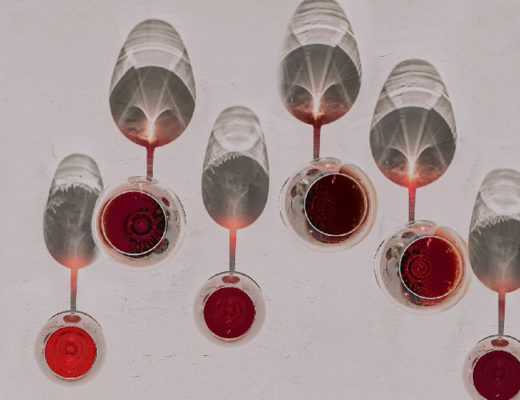We’ve all heard them floating around dinner tables, bars, and parties—wine myths. Misconceptions that get passed around like a game of telephone, melted into our collective mind. Some might be rooted in historical truth, but times change, and so do winemaking and culinary practices. Our expert team is here to help you see through these cloudy myths and get the most out of the world of wine.
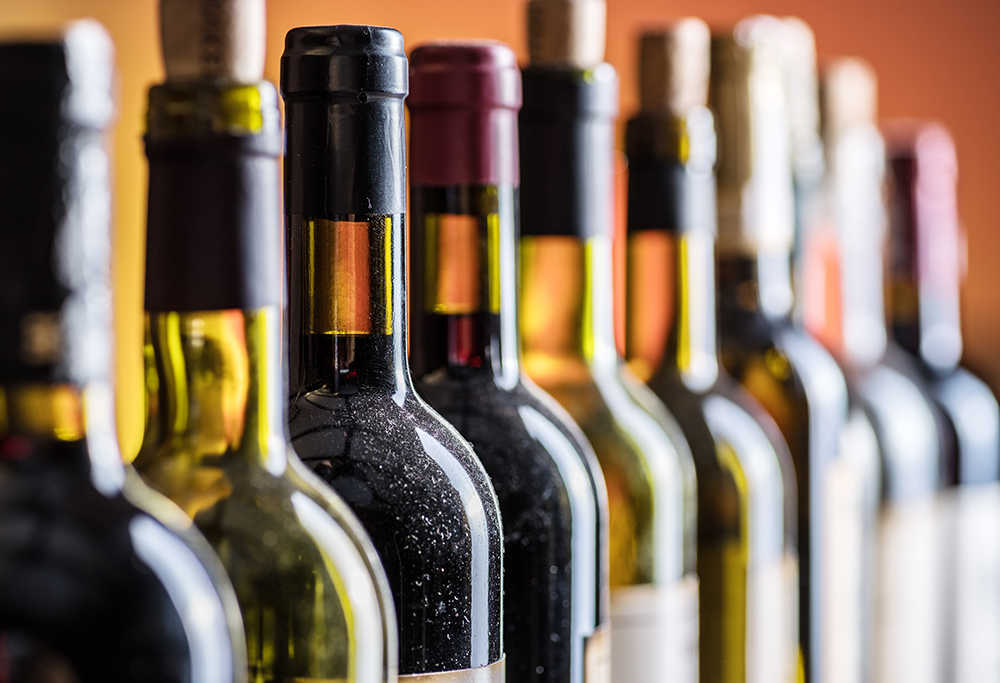

Myth: Great Wine Only Comes From Highly-Rated Vintages
Origin: Certain vintages produce a lot of outstanding wine, earning praises and high vintage scores, while others score lower.
The Truth: “Just because a vintage’s growing conditions weren’t easy doesn’t mean that there weren’t outstanding wines made that year,” says Head of Wine and Master of Wine Vanessa Conlin. “Great growers and winemakers can still produce delicious wine, they might just have to work a little harder!” Vintage scores apply to entire regions, and while they’re certainly worth considering, appellations are complex, with sub-regions that each experience the weather differently. Plus, certain vintages might look less exciting initially, but their wines can develop wonderfully down the road. “A perfect example is 1997 and 1998 in Napa. Initially, 1997 looked outstanding and 1998 didn’t. But today, Napa’s 1998 wines are singing,” says Conlin. In fact, digging up exceptional wines from less-acclaimed vintages is one of the best ways to get phenomenal wine at a great value.
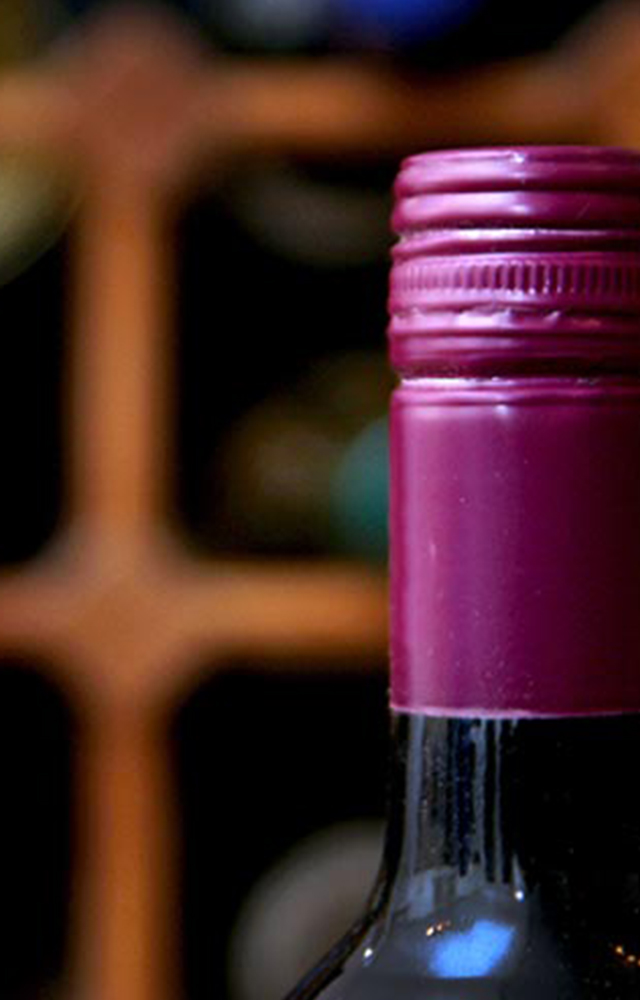
Myth: Screw Caps Only Come on Cheap Wines
Origin: For a long time, screw caps were only used on less expensive wines meant for immediate consumption, etching a reputation that screw cap wines have yet to shake.
The Truth: Screw caps don’t indicate a lack of quality. Modern screw caps are highly effective enclosures, and they’re used on some excellent wines. “There has been a lot of research over the past 50 years. Now it is possible for a winemaker to order a brand of screw cap with very specific tolerances for oxygen transfer and other factors affecting how a wine ages,” says VP of Wine Robert Emery, leading an increasing number of winemakers to use them on high-quality wines.
Take Australia, for example, which has led the screw cap charge. In the early years of their wine industry, Australia routinely received inferior corks to the ones used in Europe and needed to find an alternative. Today many continue this preference because they prefer the tighter control this closure provides, even though high-quality cork is now available. You’ll find screw caps on nearly all of Australia’s wines, even celebrated, triple-digit-priced bottles from icons like Penfolds. In the US, many wine drinkers still view caps as less prestigious, but that doesn’t speak to the quality of the wine underneath. The pop of a cork or the twist of a cap can certainly affect a wine’s presentation, but they don’t automatically mean the wine itself is good or bad. “I suspect the romance of popping a good cork will never go away,” says Emery. “But one should no longer think twice about the convenience of a screw cap, even on more expensive bottles.”
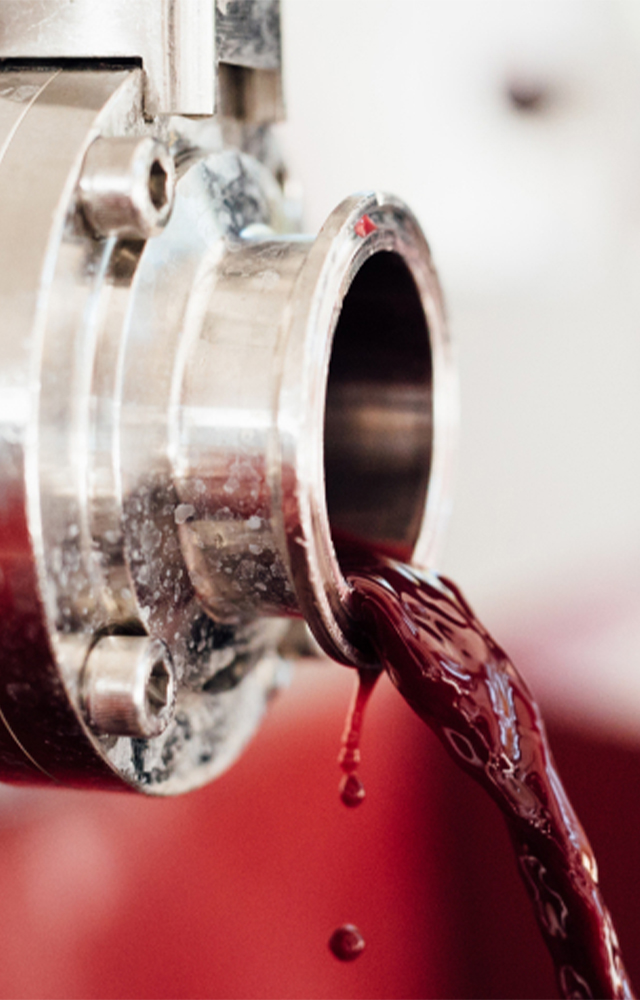
Myth: Sulfites Give You Headaches
Origin: Some people report experiencing headaches after drinking red wine. US wines are required to include a sulfite warning on the label, so some automatically assume they’re the cause.
The Truth: It’s true that some people get headaches when they drink red wine, “but sulfites aren’t the likely culprit, especially if eating trail mix, fast-food French fries, or frozen broccoli doesn’t give one a similar headache,” says VP of Wine Robert Emery. Sulfites are actually a common ingredient in most frozen and processed foods because they’re antibacterial, antifungal, and antioxidative. They’re also a common, effective tool for winemakers who want to optimize consistency and enjoyability.
“Winemakers have been using them to help preserve the freshness of their wines since Roman times,” says Emery. “Used properly, they help ensure the bottle of wine you open is as the winemaker intended it.” The dehydration caused by alcohol—combined with the histamines in red wine—is a more probable culprit of headaches.
Note: Sulfites can cause breathing problems in a small percentage of severe asthmatics, which is the reason the U.S. and Australia require a warning on the label.

Myth: You Should Always Drink White Wine Before Red Wine
Origin: Many drinkers claim that, during a meal, you should drink lighter-bodied, higher-acid wines before fuller-bodied, more tannic ones.
The Truth: It’s all about where your palate is taking you, not following a rigid, pre-established order. In some cases, the old sparkling→ white→ red→ sweet order can work well alongside a meal, but it’s certainly not a hard and fast rule. “A meal doesn’t need to follow the old conventions,” says Advanced Sommelier Laura Koffer. “Don’t be afraid to have a big Chardonnay with your steak, after a Pinot with your pasta, and Champagne with dessert. None of those decisions will ruin your meal.” On the contrary—they can make it even more enjoyable, because you’ll be following your palate. And don’t be afraid to ask for help. Wine is incredibly diverse, so chances are, there’s one that will perfectly complement your dish, even if it’s not the style that old conventions say you should order. “As a sommelier, if you tell me you only like white, I should help you find the best white for your dish,” says Koffer. “Above all, people should drink what they like.”

Myth: You Need to Wait for a Special Occasion to Open a Special Bottle.
Origin: Wine has long been associated with celebration, so it’s natural to tuck away a special bottle for a monumental occasion.
The Truth: Opening a great bottle of wine is an occasion in itself. It’s a great way to make any day special. “Spend too much time waiting for the perfect moment to open your special bottle, and you might miss out on other pleasurable nights you could have had with friends or family,” says Head of Wine and Master of Wine Vanessa Conlin. “If you wait too long, you could also miss a beautiful chapter in the wine’s evolution.” At the end of the day, great wine is still great whether you drink it on a birthday, anniversary, or a regular Tuesday night. Saving it for a special occasion isn’t bad. But don’t let that keep you from making other memories.

Myth: Wine Has to Be Complex to Be Good
Origin: Critics and connoisseurs often praise wines for being complex, leading to a general belief that the only good wines are deeply complex ones.
The Truth: Wines that are lauded for their complexity can be incredible. But that doesn’t mean a wine must have a wide array of aromas and flavors to be enjoyable. “I do not believe complexity is always a sign of quality, at least not in all wines. Some of my favorite wines to drink find their best expressions with purity and transparency, like a great singer hitting a note that only the truest of voices can hit,” Master Sommelier Sur Lucero says. “Certain wines can display all of their glory and quality with a laser-like focus and purity, and boy can they be beautiful when they do!”

Myth: You can only pair Sake with Sushi
Origin: As the old saying goes: “what grows together, goes together.” Since Sake is traditionally Japanese, people often refuse to stray from the Sake/Sushi combo.
The Truth: Sure, certain bottles might be insightful alongside your ahi maki, but Sake is a versatile beverage. Just like wine, its styles are highly nuanced. It can be dry or sweet, light or full-bodied, savory or fruit-forward. Each style pairs well with different world cuisines, like BBQ, Mexican, Italian, French, and others. The Sake world contains everything from “soft and fruity styles that make an ideal contender to butter-poached Maine Lobster, to hardy and complex styles that make an excellent pairing for St. Louis-style BBQ,” says VP of Wine Eduardo Dingler. “One of my happy places is Honjozo like the Katafune Tokubetsu Honjozo Genshu that we offer alongside a bacon cheeseburger with the works, except for pickles.”
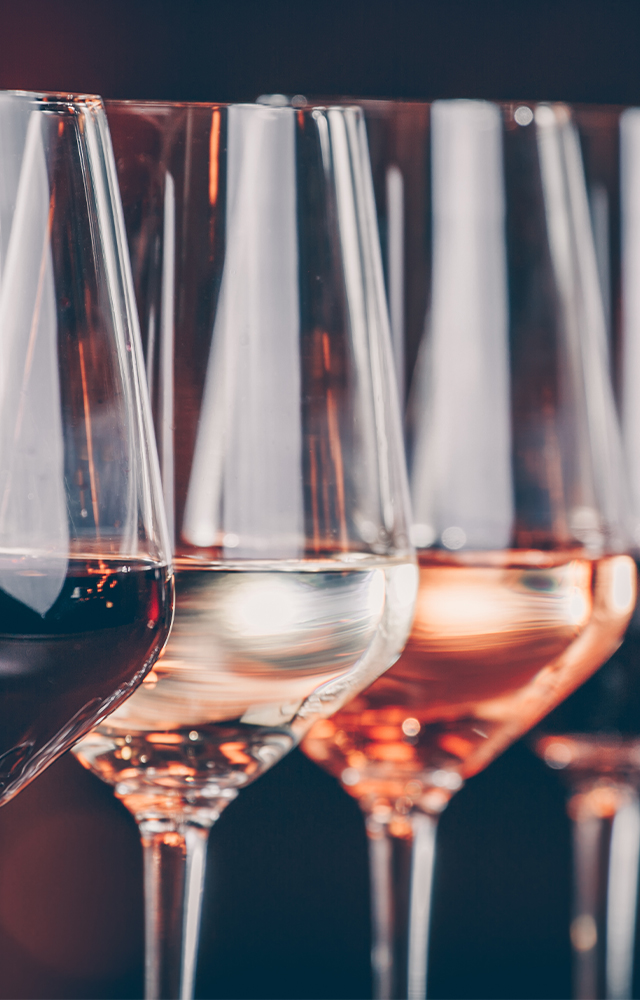
Myth: Numerical Scores Are The Best Way to Evaluate Wine
Origin: Scores are a quick and reliable way to get advice from a wine expert, which has led many to focus solely on numbers.
The Truth: Numerical scores are awarded by passionate experts and they’re valuable wine evaluation tools, but you should also dig a bit deeper. For example, look at the year that the score was given. “It’s important to consider what scores are—they’re a snapshot. It’s what one critic thinks about a wine they’ve tasted once,” says VP of Wine Robert Emery. “But wine, especially fine wine, is a living and evolving thing.”
Keep in mind that, like you, critics each have their own unique palates. Emery recommends exploring “several critics to find one that fits well with your tastes (and maybe a few that don’t),” and reading the in-depth tasting notes that accompany their scores. This will give you a more comprehensive look at the wine and help you find experts with similar tastes. And remember to continuously venture out by “exploring historic producers, up and coming regions, and known quality terroir. There are many wines out there that can be life-changing, but don’t fit in with how critics taste wine professionally” Emery says.



